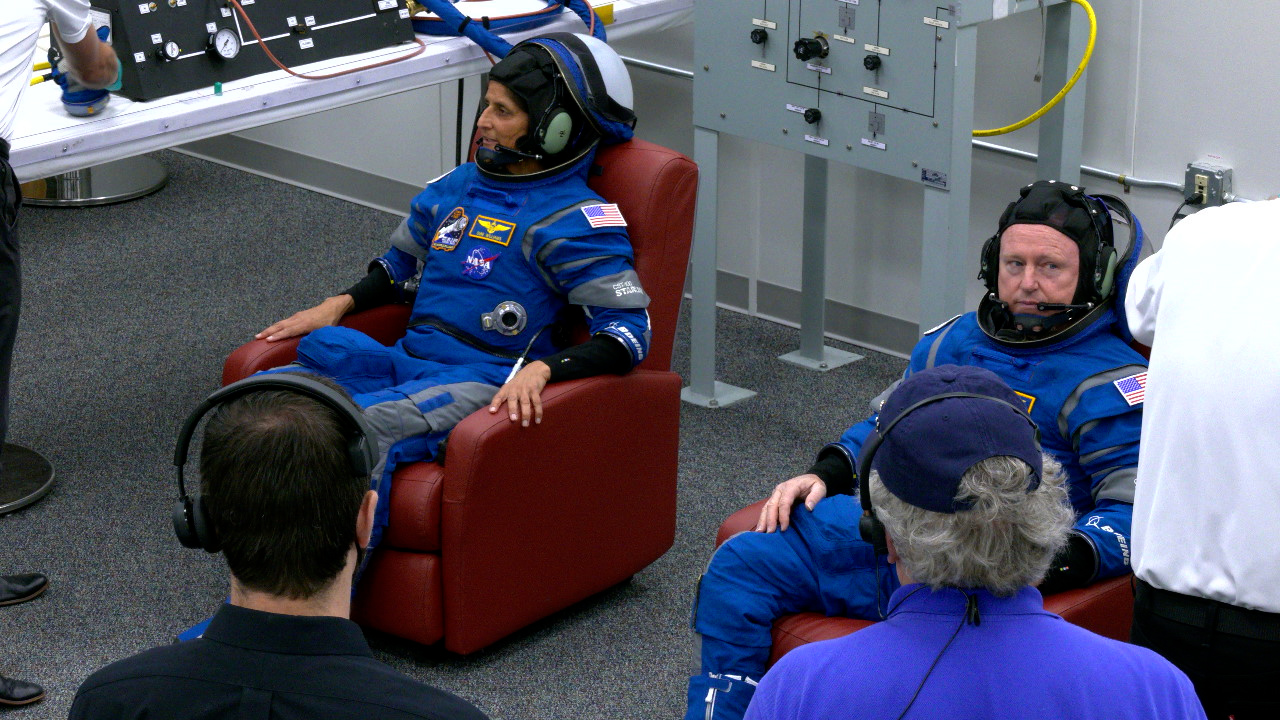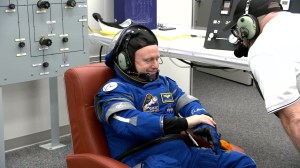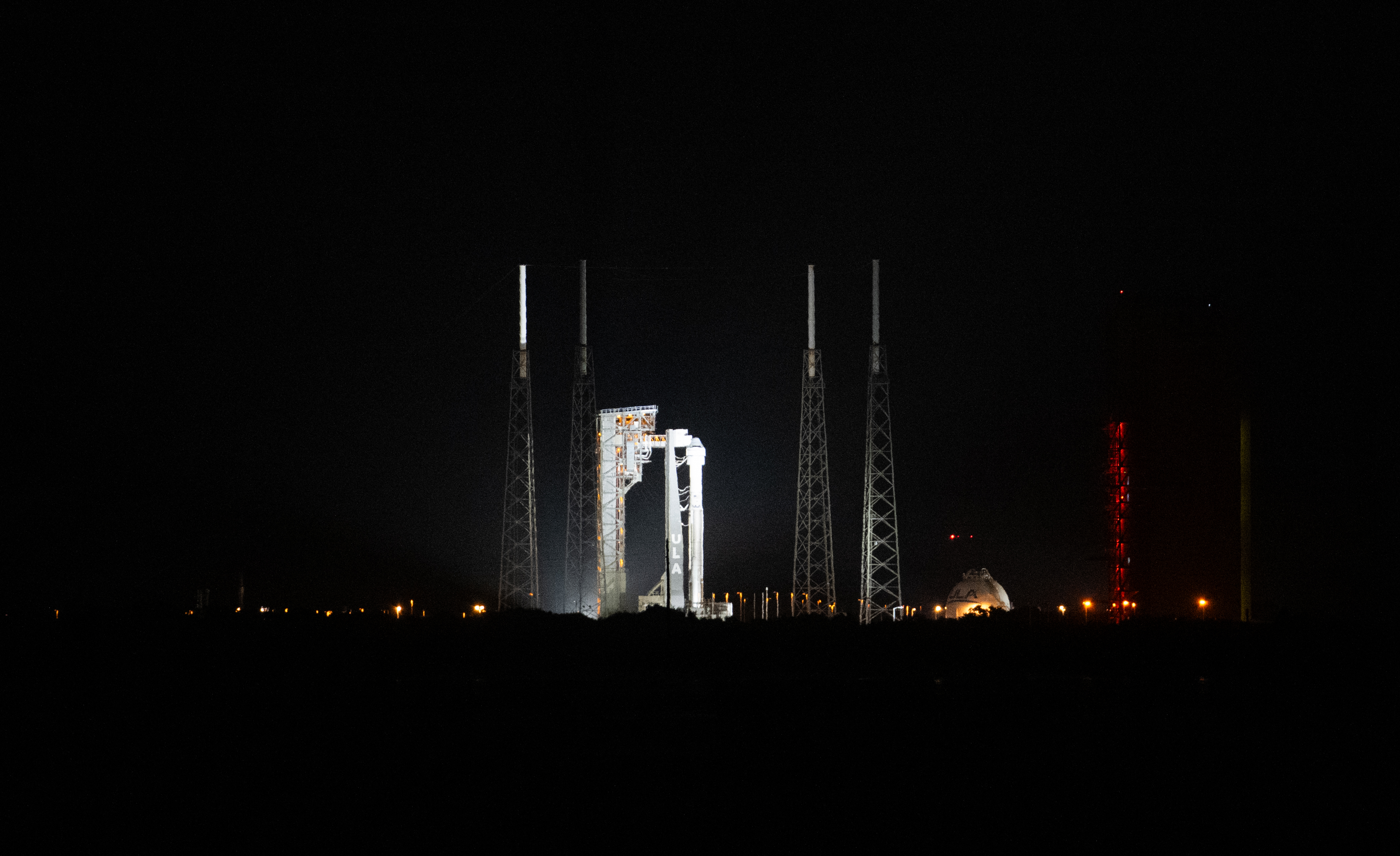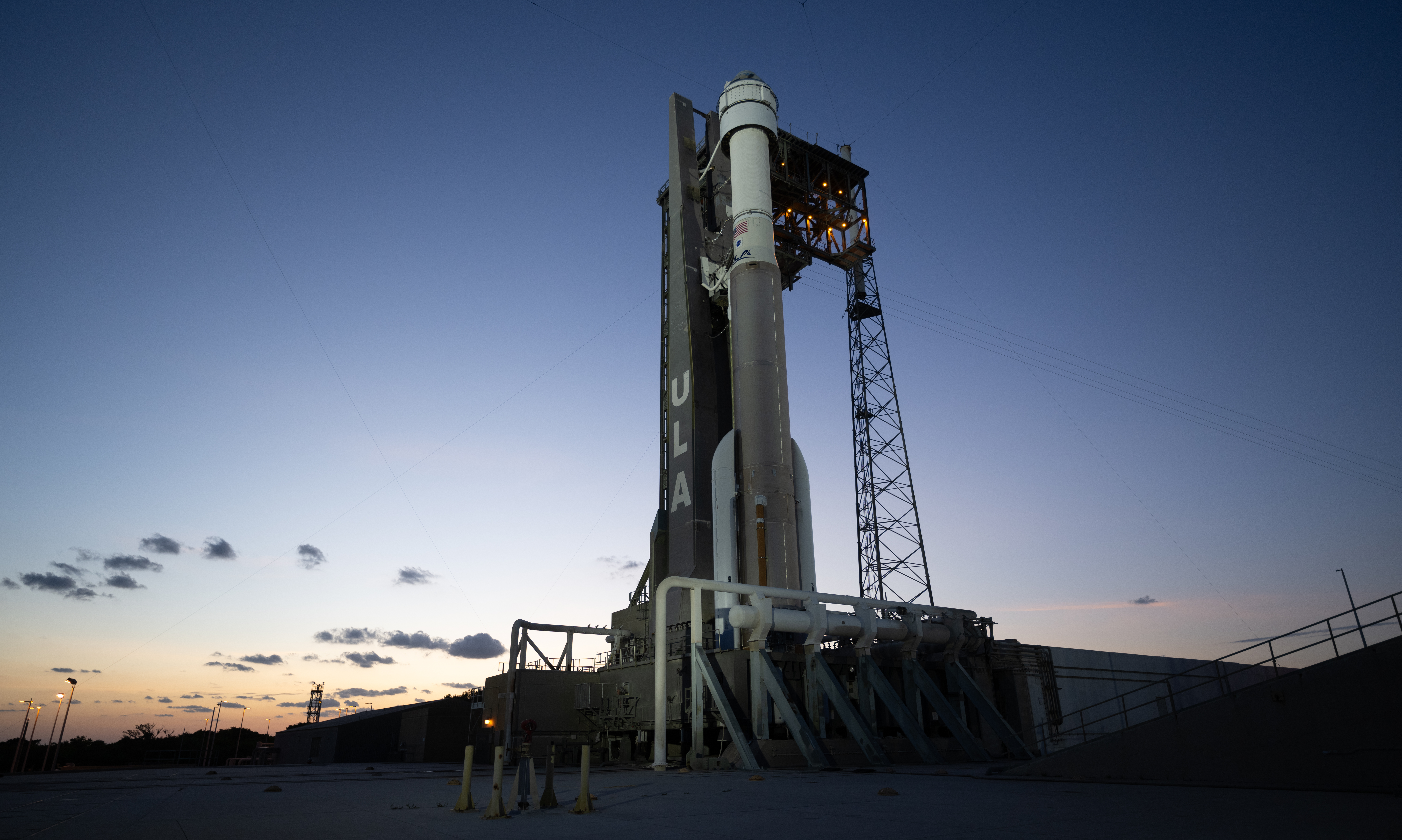
In less than four hours, NASA astronauts Butch Wilmore and Suni Williams are set to lift off at 10:52 a.m. EDT aboard Boeing’s Starliner spacecraft on a United Launch Alliance Atlas V rocket from Space Launch Complex-41 at Cape Canaveral Space Force Station in Florida.
As part of the agency’s Commercial Crew Program, the mission is the first crewed flight for the Starliner spacecraft to the International Space Station.
Here is a look at some key milestones leading up to today’s launch:
Time Event (All times approximate and subject to change)
6:02 a.m. Flight crew begins suit-up operations
7:28 a.m. Crew walkout from the Neil A. Armstrong Operations & Checkout Building
7:32 a.m. Crew departs, travels to Space Launch Complex-41
8:02 a.m. Crew arrives at pad, ascends tower, enters White Room, and enters Starliner capsule separately
9:27 a.m. Hatch closure and leak checks
9:42 a.m. Hatch closure complete
9:51 a.m. Configure White Room for launch
10:15 a.m. Clear for launch check
10:41 a.m. Crew access arm retracts
10:52 a.m. Liftoff!
10:53 a.m. ULA rocket reaches Max Q
10:56 a.m. Atlas V booster separates
11:07 a.m. Boeing Starliner separates
11:23 a.m. Orbital insertion burn
Starliner will autonomously dock to the station on Thursday, June 6, and remain at the orbiting laboratory for about a week. Although Starliner is designed to dock autonomously, the astronauts aboard the spacecraft will demonstrate manual control processes and capabilities before the spacecraft makes its automated final approach.
Stay tuned for more updates on the commercial crew blog as the countdown to launch continues.










